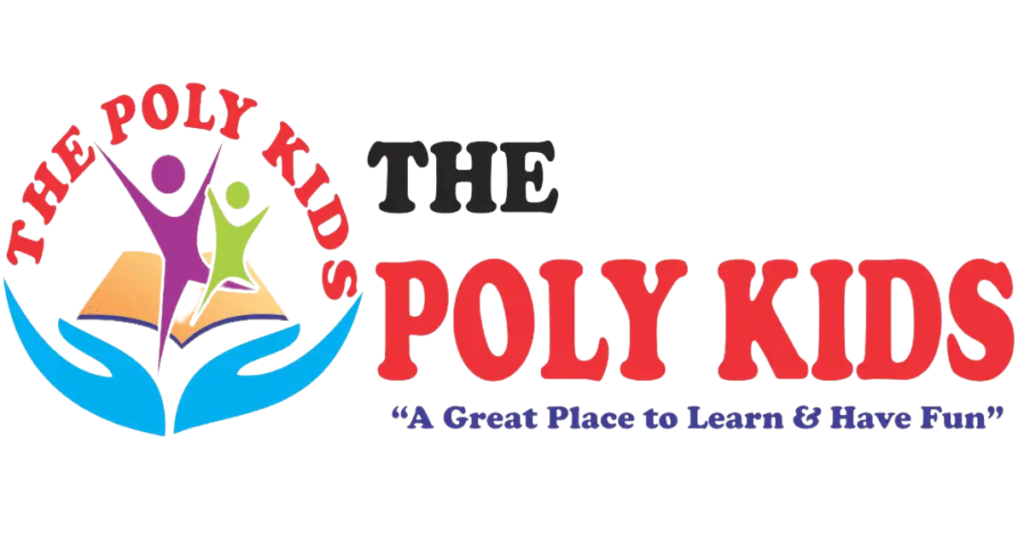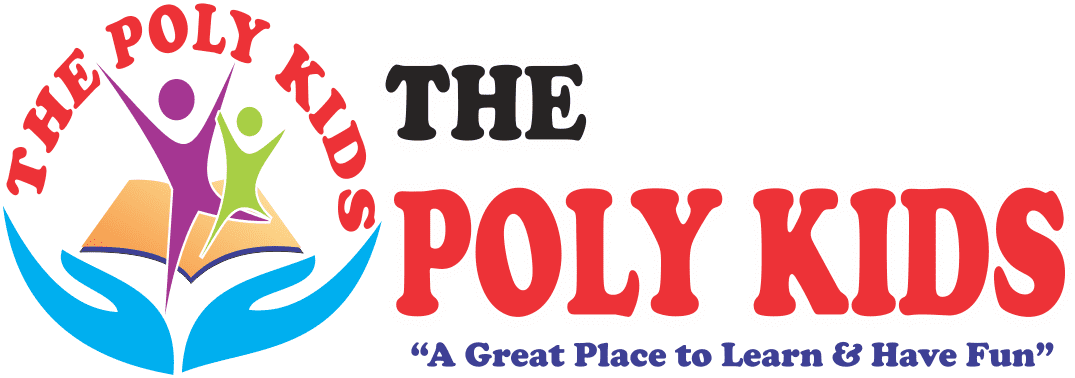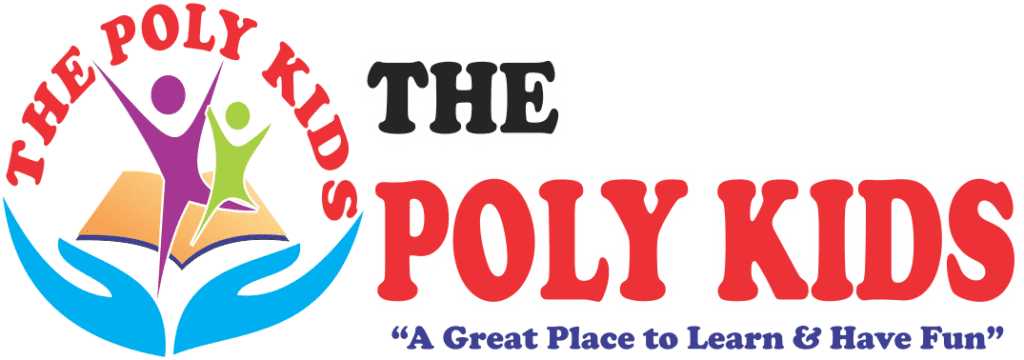Every child learns in a unique way, and recognizing and supporting their individual learning style is key to fostering academic success. At “The Poly Kids School,” identified as the best play school near me, we prioritize understanding and adapting to each child’s learning preferences. Explore 20 points to help you comprehend and support your child’s learning style effectively.
- Identify Learning Preferences: Begin by identifying your child’s learning preferences. Observe whether they grasp concepts better through visual aids, auditory instructions, or hands-on experiences.
- Visual Learners: If your child is a visual learner, use charts, diagrams, and colorful visuals. Incorporate videos and pictures into their learning materials to enhance comprehension.
- Auditory Learners: For auditory learners, emphasize verbal communication. Encourage discussions, provide audio resources, and use mnemonic devices to aid memory retention.
- Kinesthetic Learners: Kinesthetic learners thrive through hands-on experiences. Incorporate activities that involve movement, touch, and manipulation of objects to enhance their understanding.
- Observe Learning Preferences Early: Start observing your child’s learning preferences from an early age. Pay attention to how they respond to different teaching methods and adjust accordingly.
- Create a Variety of Learning Experiences: Offer a variety of learning experiences. Mix visual, auditory, and kinesthetic activities to provide a well-rounded educational approach.
- Customize Study Spaces: Tailor study spaces to accommodate your child’s learning style. Visual learners may prefer well-lit, organized spaces, while kinesthetic learners might benefit from room to move around.
- Use Technology Wisely: Integrate technology thoughtfully. Educational apps, interactive software, and online resources can cater to different learning styles effectively.
- Encourage Questions: Create an environment where questions are encouraged. This supports the curiosity of all types of learners and helps clarify concepts.
- Provide Real-World Examples: Relate lessons to real-world examples. This approach helps learners connect theoretical concepts to practical applications, aiding comprehension.
- Adapt Teaching Materials: Modify teaching materials. Adjust textbooks, worksheets, and assignments to align with your child’s learning style, making the content more accessible.
- Use Multi-Sensory Techniques: Employ multi-sensory techniques. Engage multiple senses simultaneously to reinforce learning, catering to the needs of different learning styles.
- Encourage Group Activities: Facilitate group activities. Collaborative learning environments can benefit visual, auditory, and kinesthetic learners by promoting diverse interactions.
- Be Flexible with Homework: Be flexible with homework approaches. Recognize that different children may prefer various methods when completing assignments, and allow flexibility accordingly.
- Regularly Assess Progress: Regularly assess your child’s progress. Keep an eye on academic performance and observe how adjustments to their learning style impact their understanding.
- Communicate with Teachers: Maintain open communication with teachers. Share insights about your child’s learning style, and collaborate with educators to create a supportive learning environment.
- Promote Self-Reflection: Encourage self-reflection. Teach your child to identify their preferred learning strategies, fostering independence and self-awareness.
- Utilize Learning Style Inventories: Explore learning style inventories. These assessments can provide insights into your child’s predominant learning style and guide educational strategies.
- Incorporate Field Trips: Integrate field trips into the learning experience. Visiting museums, nature reserves, or historical sites caters to kinesthetic and experiential learners.
- Seek Professional Assessment if Needed: If challenges persist, consider seeking a professional assessment. Educational psychologists can provide valuable insights into your child’s learning style and recommend tailored strategies.
In conclusion, at “The Poly Kids School,” the best play school near me, we believe in celebrating the diversity of learning styles. By understanding and supporting each child’s unique approach to learning, we aim to create an inclusive and effective educational environment that nurtures their individual strengths and fosters a lifelong love for learning.


